|
In June, we discussed what it was like to go through kitten season during these uncertain times due to COVID 19. It was a delayed and then busy kitten season. Now we want to discuss what it is like to do rescue in the time of Covid 19.
Most of us adopted our best fur felines from rescues. Some of us donate to rescues or volunteer for them. The rescue community is a very important part of Weirdos. They have several functions, one of the most visible is adopting out stray and rehomed cats, the trap, neuter and releasing cats, feeding feral colonies, and fundraising to support all those activities including medical expenses for cats who come into rescue injured or sick. It’s a 24 hour job, seven days a week, in normal times. Cleveland is not the only area of the country who has rescue operations affected by the Pandemic. In an article for CNBC, Covid and Animal Rescues, they take a look at the unique challenges faced by rescues in New York City. Adoption spaces were closed. Cats up for adoptions had to go back to their fosters to hold onto. At the same time, adoptions in the beginning of the pandemic skyrocketed. Help was needed to comb through the applications, conduct interviews over the phone and call references. In New York City, the ASPCA saw a 70% increase in adoptions. However the adoption process stalled when most veterinary offices and hospitals closed down. One rescue organization put it plainly, “I can’t ask my fosters to take in a foster [animal] that isn’t vetted.” Many organizations won’t adopt out cats who aren’t fixed. Some organizations who have medical staff were able to get their cats vaccinated. Some had to wait. In Cleveland, Viva Los Gatos Joanne Catolioti, stated, “We've just had to adjust because of the long wait for spay/neuter. We did a few foster to adopts. We made specific contracts so we can keep ownership of kitten until they're fixed then we sign over to adopter officially. Another issue is that most rescues depend on donations with a large part of their donations coming in the form of fundraisers. Some organizations' fundraisers were cancelled, delayed, or put online. Other fundraisers could easily transfer to online. Some venues had to be cancelled due to large gathering restrictions. Asking for money is never easy but challenging in uncertain times. Brittany Kuntz, Executive Director of Furever Companions Animal Rescue states, “Our big fundraiser this summer was canceled so our funds are super low and we get all of our pet's fully vetted.” COVID also challenged rescuers to innovate ways around the challenges. At Gatos, Joanne came up with one idea that might stick after the pandemic, “We're also doing online home inspections and are definitely going to keep that going... We knocked out 2 last night that would've taken much effort scheduling and at least a week to get done.” So How can you help??? Funding and Fostering: As always, the biggest need of rescues besides funding is fosters who are willing to take on cats and kittens to socialize and take care of before the cats can be adopted. Especially now, as most organizations in the area are foster based. If you can open your home and your heart, it would be most appreciated. Please go to our resources page to check out local rescues near you. Let’s hear your rescue COVID stories. Have you had any challenges? Have you changed any procedures or discovered things that work for you? For more information on how you can help support rescues and shelters through the pandemic, stay tuned for Part 2 of this article next week! -Written by Weirdo Admin and Board Member Meredith Janik source:https://www.cnbc.com/2020/04/11/coronavirus-increased-pet-adoptions-now-rescuers-face-new-challenges.html
0 Comments
What is it?
“Compassion Fatigue is emotional exhaustion, caused by the stress of caring for traumatized or suffering animals or people” — Charles Figely, Ph.D., Director, Florida State University Traumatology Institute. Research is starting to document that Animal Care Professionals are being traumatized in many of the same ways that other rescuers/first responders (firefighters, police, paramedics, corpsmen, service people in combat, Red Cross volunteers) are traumatized by what they witness. Some studies are beginning to suggest that animal care professionals may be number one in vulnerability to Compassion Fatigue and Burnout. How to Know if you are in Trouble – Symptoms of Compassion Fatigue: Emotional: When you are constantly exposed to harsh, painful realities (trauma) and you are not able to debrief (to talk about what happened and how you feel about it), all that you stuff inside builds up into a reservoir, until you are exhausted, or angry, or feel like you’ll explode, or feel that you hate all people, or you’ve lost your enthusiasm, joy, and hope. You can feel depressed and want to quit your job. You can feel stuck in depression. You may have sudden outbursts of anger. You may feel sad, with your tears always just below the surface. Many long-time workers are experiencing long-term grief You may feel cynical, or numb, or hardened, like nothing phases you. You may have nightmares or flashbacks (where you repeatedly see images of suffering animals from the past). You may switch back and forth, one minute feeling angry, the next minute numb, the next minute sad, the next minute depressed. Occupational/Social:
Physical:
Intellectual:
Spiritual:
A combination of these symptoms can lead to burnout and is often responsible for the loss of many talented, valuable professionals. (Doug Fakkema). Does any of this sound familiar? Remember, these symptoms of emotional exhaustion are all normal reactions to abnormal/traumatic events. You are not crazy. If you are experiencing these symptoms, you need to take action, get support, institute a self-care program as described below. If any of these symptoms last more than two to three weeks, and you have instituted a self-care program, you might consider a few sessions of counseling. What to do About Compassion Fatigue – What Helps Dr. James Fogarty, an expert in critical incident stress management and trauma debriefing, states you must do 4 things:
Other ways to express your feelings in safe and appropriate ways: crying, giving sounds to your feelings, any physical release, drawing, journaling, music, a silent scream (One shelter wants to install a soundproof room and a punching bag.) Brainstorm options and find solutions–take action You already do this in ingenious ways. Try doing steps one and two first. Animal Care Professionals must be able to offer suggestions and help formulate policy. Take care of yourselves Do you take as careful care of yourself as you do of the animals? You have to be as committed to your own resiliency as you are to the care of the animals. You need to care for yourselves in order to give care to the animals.
Other Ways to Cope: Animal Care Professionals across this country have spoken about other ways they are taking good care of themselves. Try one:
Listen to Doug Fakkema (Associated Director, Training & Special Projects, American Humane): Effective management of compassion fatigue is crucial to long-term employment and a healthy lifestyle. Organizations that effectively manage compassion fatigue are more likely to decrease turnover, increase adoptions, and reduce euthanasia. Some Other Useful Resources for Managing Compassion Fatigue:
Some useful websites: www.ExternalizationWorkshops.com: 3-day Life, Loss and Healing Workshops and 5-day Workshops for People Who Were Abused As Children www.groups.yahoo.com/group/euthtechsupport: Internet support group for euthanasia technicians www.americanhumane.org: American Humane offers “Managing Compassion Fatigue” 1-day training and awareness-building workshops Humane Society University offers training and awareness- building workshops www.hsus2.org/hsu/cf.htm www.GrowthHouse.org: A Guide to Death, Dying, Grief, Bereavement, and End of Life Care You are free to print this article to use to support each other in Compassion Fatigue. Nancy Mullins, M.A., is a licensed marriage and family therapist. She has presented workshops for 20 years on grief, loss, trauma, and childhood abuse, nationally and internationally, including in Oklahoma City, Northern Ireland, and Zimbabwe (12 years as a member of the staff of Dr. Elisabeth Kubler-Ross). She is a partner in Support Services for Animal Care Professionals (SSACP). © 2004 SSACP TNR stands for Trap Neuter Return and is used to help control the feral cat and community cat population. TNR is a safe, humane way to keep cats in their neighborhood and make them a more welcome presence. TNR also helps to get kittens and friendly cats off of the streets and into rescues or foster homes.
One of the biggest complaints about feral cats is the noise from fighting and mating and the smell from them marking their territory. By getting the cats spayed/neutered, fighting over mates is eliminated and fixed cats are less likely to spray and be territorial. TNR also involves educating people about the benefits of fixing and returning cats instead of just trapping and removing them. TNR not only helps cats, it also helps caretakers. When a cat colony is TNR’d, it not only stops them from reproducing, but it helps control diseases and fighting among the colony cats. When cats are TNR’d, most of the time they are also vaccinated, flea treated and given medical attention for any injuries they may have, making the colony healthier and stronger. The cats are also “ear-tipped” meaning the tip of their left ear is clipped off while they are under surgical anesthesia. So if you see a cat with a clipped left ear, that means they were part of a TNR program! The Weirdo Cat Lovers of Cleveland TNR team was formed in 2019. So far this year we have TNR’d 44 cats! We also have a small foster program with 17 kittens and one momma cat currently in our care. We have also had local rescues take kittens and friendly cats for us and place them for adoption. TNR takes lots of dedication and hard work. We encounter friendly cats and kittens as well as sick or injured cats, so knowing what to do with these cats and get them the help they need, is crucial. We’d like to thank the following rescues for helping us by assisting us with trapping efforts and/or taking in friendly cats and kittens found during trapping projects:
If you’d like to reach our TNR team, please email TNR@weirdocatloversofcleveland.org Or, if you’d like to donate to support our TNR efforts, please visit the donation page on our website. Co-written by Dr. Liz Bales and Tabitha Kucera CCBC, RVT, KPA-CTP
Cats are the most popular pet in America, and yet see less of them at the vet every year. Why? Cat parents reported that they found veterinary visits to be stressful for themselves and for their cats. Cats were fearful of the carrier, the travel, the office itself and the experience of being handled by the veterinarian and the veterinary staff. As a result, cat parents avoided taking their cat to the vet. Feline specialists set out to find new techniques to improve every part of this experience, and the Cat Friendly Handling movement was born. And now, we will share these techniques with you. They will change the way you interact with cats and how cats respond to you. They will improve your practice. Many of us in feline medicine are still taught to restrain cats with the same techniques as we did when we thought that they did not feel pain. We are in the habit of just “getting the job done.” But, now we know that they do feel pain, and they do experience anxiety and fear. We have made great strides in improving pain management, and now we are improving our feline handling practices. What is the Cat Friendly Handling movement? Handling cats in a way that respects their instincts and innate needs leads to decreased fear and stress. In many cases, Cat Friendly Handling can lead to decreased aggression. First, you need a broad understanding of feline behavior and body language, that is then used to evaluate each individual cat and tailor the techniques used to their needs. Goals of Cat Friendly Handling as defined by ISFM https://icatcare.org/sites/default/files/PDF/ffhg-english.pdf ✜ Reduce fear and pain for the cat ✜ Reinforce veterinarian–client–cat bond, trust and confidence, and thus better lifelong medical care for the cat ✜ Improve efficiency, productivity and job satisfaction for the veterinary team ✜ Increase client compliance ✜ Timely reporting and early detection of medical and behavioral concerns ✜ Fewer injuries to clients and the veterinary team ✜ Reduced anxiety for the client Reading Feline Body Language This is a case of “a picture is worth a thousand words." Thanks to Cattle Dog Publishing for this great infographic (below this article) to help us see the signs of feline anxiety. Why Do Cats Act Like That? A cat sees the world, and reacts to it, in a very different way than a human does. These are the basic reasons why cat behavior is so different. ✜ Solitary hunters Cats are solitary hunters that are designed to hunt and eat alone. While they may choose to live in social groups, called colonies, they do not require them for survival. Additionally, they are averse to cats outside of their social group. ✜ Predators but also prey Cats are prey. So, cats are constantly and subtly checking out their surroundings for danger. They feel most secure when they can choose how to survey their environment, and then figure out how to stay safe. Cats have the instinct climb to a height and/or hide in an enclosed space to feel safe and secure, even when the threat of being eaten by something in our living room or exam room is pretty low. ✜ Prefer avoidance to conflict Cats do not want to fight. They will try to get away from a bad situation, instead of confronting it. ✜ Fearful of immediate and direct contact, loud noises and rough handling Cats are most comfortable with soft voices, and gentile contact. Cats prefer initiate contact, rather than have us reach for them. ✜ Can become fearful/aggressive if touched in areas other than head and neck When we do touch cats, they prefer to be touched on the head and neck, rather than the body or the stomach ✜ May freeze, rather than react aggressively, when in extreme distress Use these “think like a cat” facts to guide your interactions. Let the cat choose where to be examined in the room. Create locations that are convenient for you to work in that also meet the instinctive need a cat has to climb and hide to feel safe - like the bottom of their carrier, a cardboard box, under a towel and/or up on a cat tree that is no taller than your preferred examination height. All cats are individuals. Assess the cats body language and be flexible with handling techniques based on the cat's individual preference. Allow the cat to maintain its chosen position and vary your touch with the cat's response. No Scruffing For many of us, scruffing was the only restraint technique that we were ever taught. We were told that it mimicked the way that cats restrain each other and was therefor the preferred method. Now we know better. Cats are only grabbed by the scruff on their neck in limited circumstances: by their mother during the first few weeks of life, during mating, while fighting, and when they are being attacked by a predator. None of these situations are helpful to mimic in a home, veterinary, or shelter setting. Scruffing is more likely to cause fear and stress, which can result in aggressive behavior. Remember, we now know that cats prefer to avoid conflict rather than to face it. Scruffing entirely removes the cat's options to retreat and their sense of control. Your attempt to restrain a cat by the scruff may actually increase the likelihood of you and/your co-workers getting hurt. Additionally, lifting a cat or suspending their body weight by the scruff is unnecessary and could be painful. Don't do that! Use Food to Ease Fear In the Veterinary Office Food is your friend. Food treats smeared on the table, towel or even onto a toy will be happily distract the cat while you perform your exam, and even while you give vaccines. Be prepared with a variety of flavors, textures, and smells. Many cats enjoy whipped cream, tuna, easy cheese, anchovy paste, and even cut up cucumber! Once the cat chooses a favorite, make a note of it in the record for next time. Use a Towel to Ease Fear In the Veterinary Office
This "How To" blog is just the start. There is a lot of CE available to learn about and practice Cat Friendly Handling. We call it “practicing” medicine because we are always practicing and improving. When you know better, you do better! -Liz Bales To read the original article, click here. |
™ 2019 Weirdo Cat Lovers of Cleveland. All Rights Reserved.
PO Box 44464, Brooklyn, OH 44144
PO Box 44464, Brooklyn, OH 44144

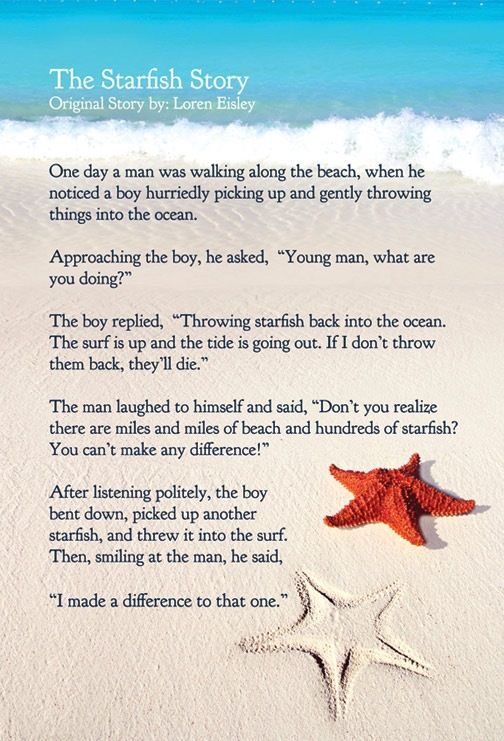

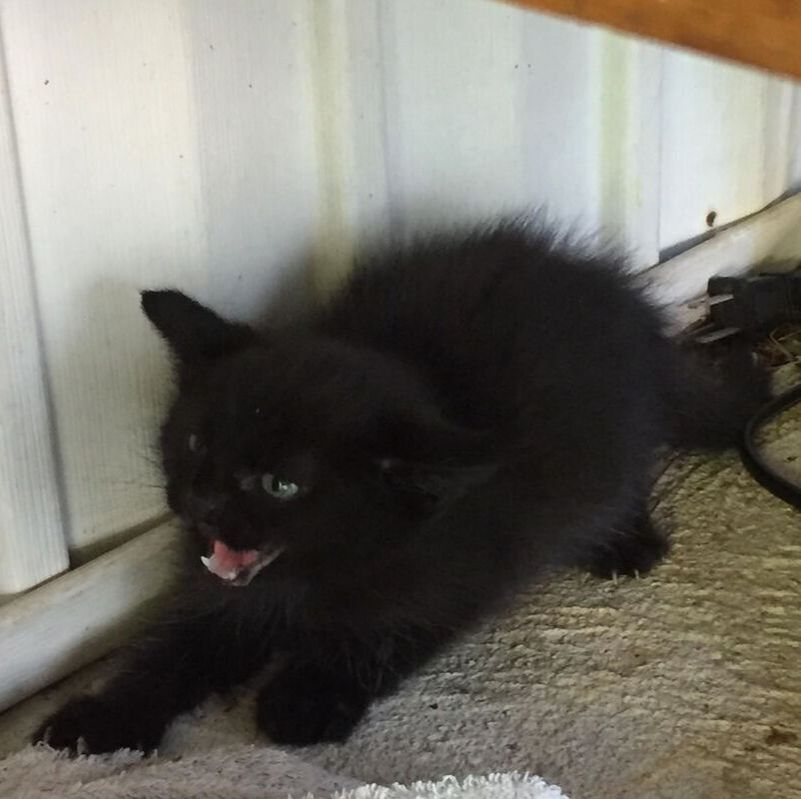
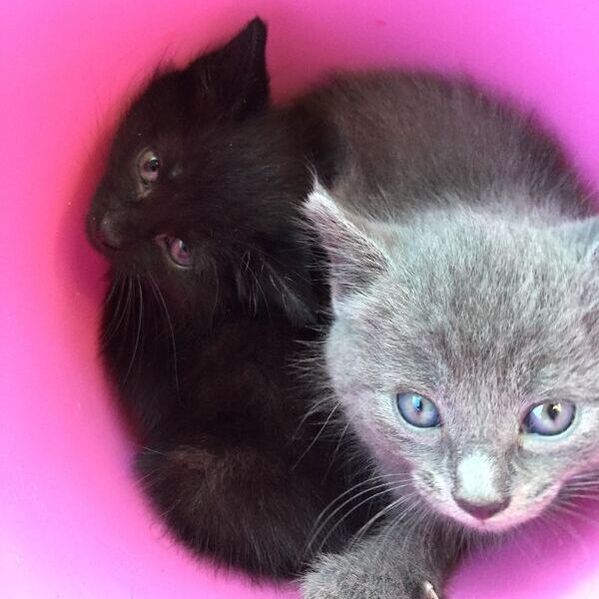
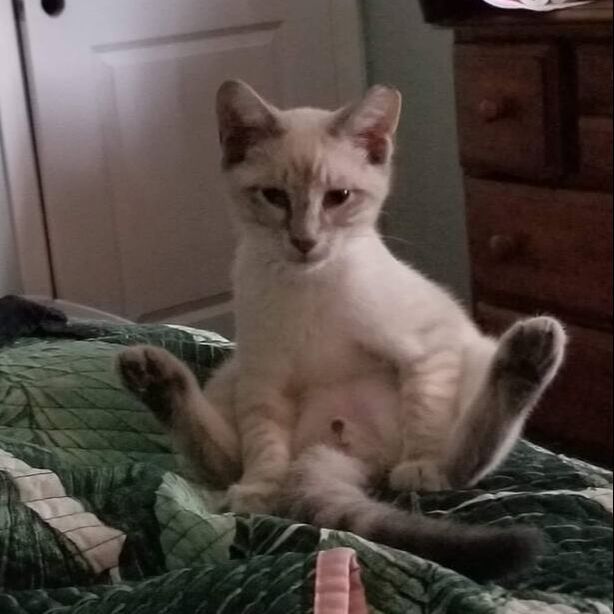
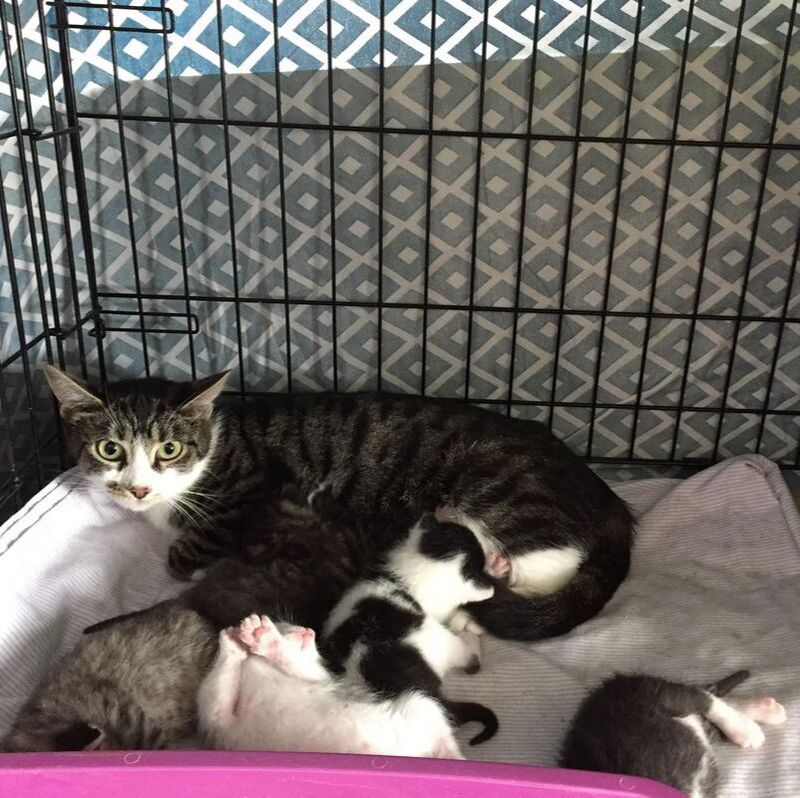
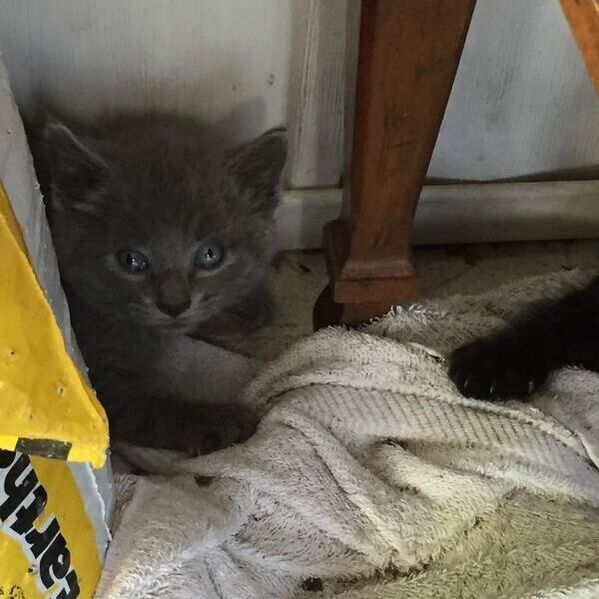
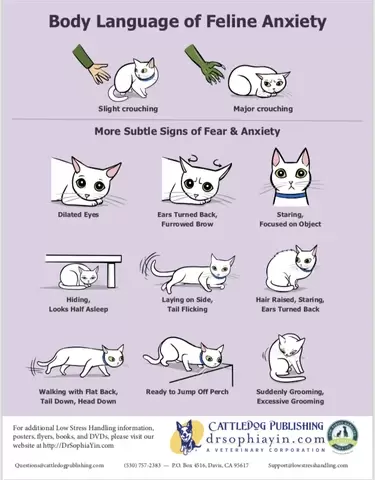
 RSS Feed
RSS Feed